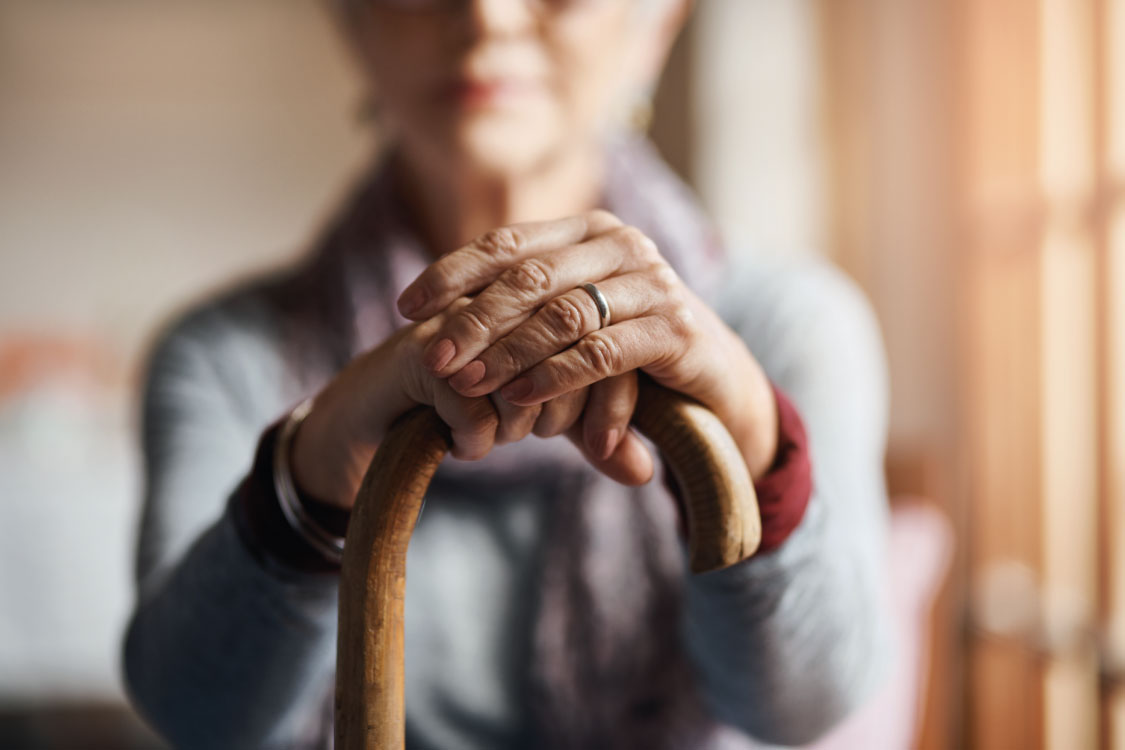Care Home Fire Safety
Following fire safety legislation and guidelines is important anywhere, but when it comes to fire safety in care homes, everything becomes that extra bit more critical.
That’s because you’re going to be dealing with numbers of ill or elderly people, many of whom are likely to have mobility issues, with the added potential for patients with dementia and other conditions that will make emergency evacuation considerably more difficult than in the average building.
This month, we’re taking a close look at the subject of fire safety in care homes, starting with whose responsibility it is.

The Responsible Person
For most care homes, the Responsible Person – i.e. the person in charge of fire safety in a commercial premises – will be either the owner of the business or the care home manager. That person is responsible for:
- Carrying out regular fire risk assessments
- Ensuring that all reasonable precautions are in place to protect residents and staff from the dangers of fire
- Ensuring adequate fire detection and fire fighting systems are in place
- Organising fire drills
- Appointing fire wardens and arranging appropriate staff fire safety training
- And much more
Fire Risk Assessments
As with other commercial premises, fire risk assessments in care homes follow five basic steps:
- Identify fire hazards
- Identify anyone at risk
- Evaluate, remove, reduce and protect from risk
- Record, plan, inform, instruct and train
- Regularly revisit the fire risk assessment in case it needs updating
For more information on the processes involved in carrying out fire risk assessments, read our comprehensive guide here.
Fire Alarm Systems
As with most other commercial premises, effective fire detection is key to protecting both life and property. But fire alarms systems for care homes have an extra layer in that they must have what is called an L1 fire alarm system, the highest possible level.
With an L1 fire alarm system, automatic fire alarms must be installed in every room and area of a building, including roof voids. The system also needs to be serviced every six months by a qualified engineer and tested weekly by a responsible person.
The Fire and Rescue Service should attend to every activation of a fire alarm in a care home at any time, day or night. With the issues surrounding evacuation, every lost minute could be critical.
Emergency Planning
Another area in which a care home’s fire safety differs from other commercial premises is in the extra planning that is needed for evacuating residents in the event of a fire. A detailed evacuation strategy should therefore be drawn up, which should include plans for every individual resident and include eventualities for different shift patterns. These evacuation plans should then be tested with fire drills and, where possible, scenario training.
Evacuation of a care home in the event of a fire should be led by the designated fire warden(s) on site at the time.
What is a Fire Warden and how many Fire Wardens does a care home need?
Fire wardens are trained members of staff tasked with responsibility for:
- Checking fire alarms
- Checking emergency exits
- Fire extinguishers
- Emergency lighting
- Fire signage
- PAT testing of electrical equipment
- Inducting new staff in fire safety procedures
- And more
With care homes rightly being considered high-risk premises, the number of fire wardens needed on site at all times is likely to be higher than for other commercial organisations. There needs to be:
- At least one warden where employees and residents number 15 or fewer
- At least two wardens where employees and residents number between 15 and 50
- Another fire warden for every extra 50 employees and residents
Remember that these requirements apply 24 hours a day, so that every shift is covered by the above number of fire wardens.
Don’t take risks with fire safety at your care home. At Scutum London, we can bring our years of experience managing fire safety systems across all sectors, including Health and Facilities, in London and Surrey to help you create the ideal fire detection, fire control and fire emergency plans for your situation and your premises. For more information simply contact us today.
Request a Callback
Just fill in your details below and we'll get back to you as soon as we can!

About Scutum London
Scutum London is a leading expert in fire safety and security solutions for businesses and organisations located across South East England, including London and Surrey.
From fire alarms, fire extinguishers and fire risk assessments to access control, CCTV and intruder alarm systems – and a lot more besides – we offer a comprehensive range of products and services designed to keep you, your business and your staff and visitors safe.
With decades of industry experience to call on, we’re proud to hold accreditations from leading trade associations and bodies such as British Approvals for Fire Equipment (BAFE), the British Fire Consortium, the Fire Industry Association (FIA) and Security Systems and Alarms Inspection Board (SSAIB).
If you’d like to find out more about Scutum London, get in touch with our friendly team or explore our products and services on our site.

